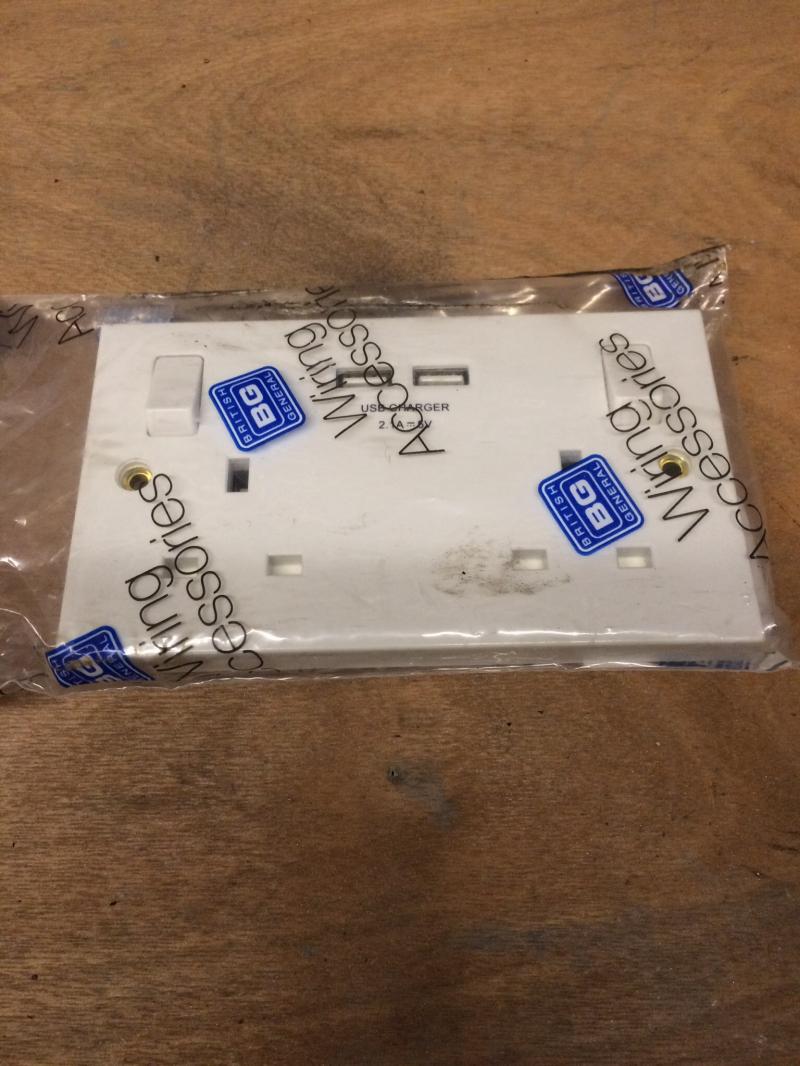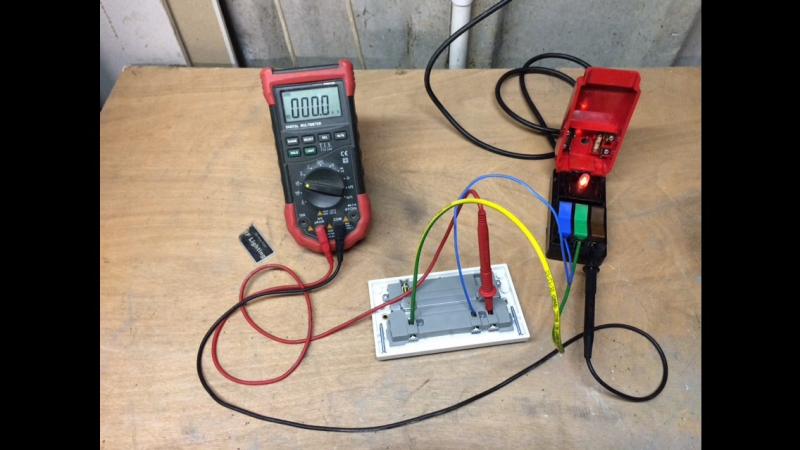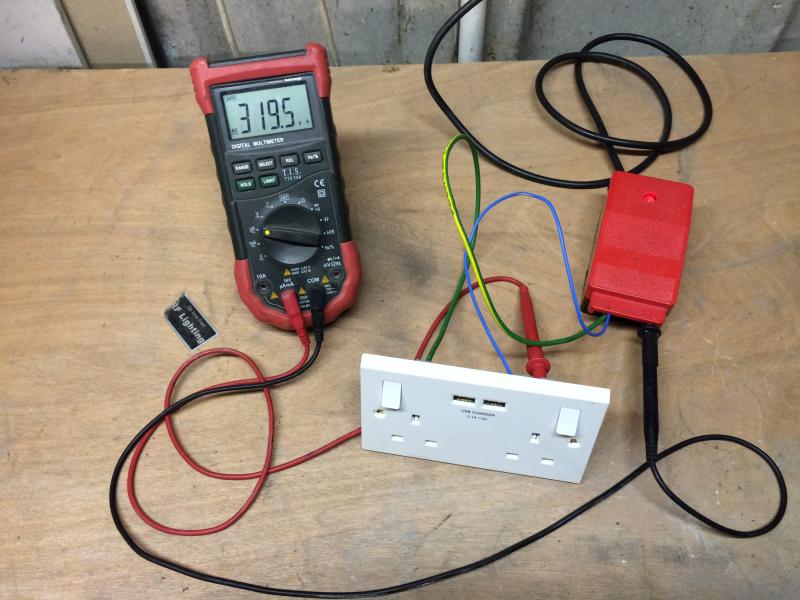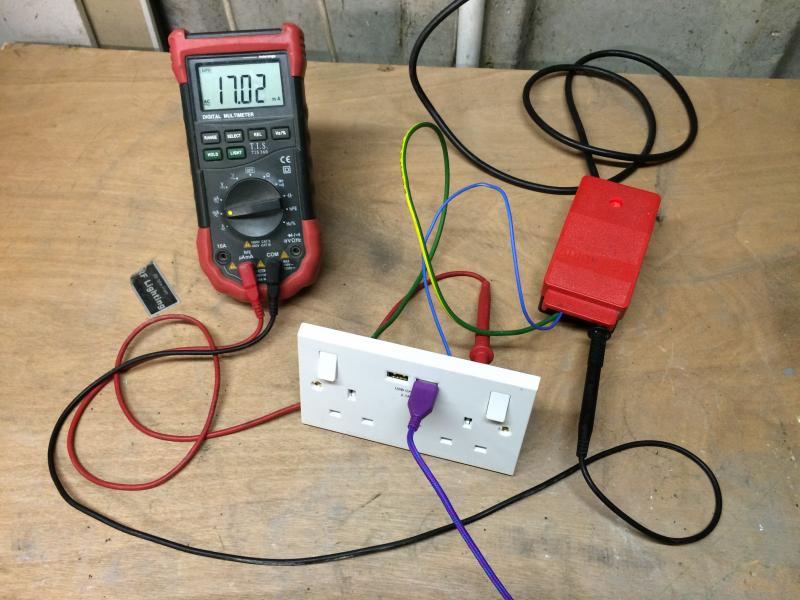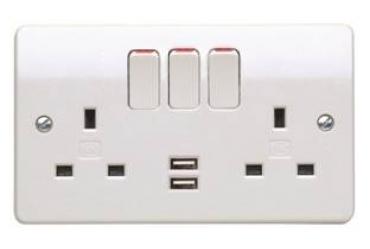I asked MK
I have a query re the newly introduced combo sockets & USB charger (K2743WHI etc)
I note that your stand alone USB charger unit MK5837 can be left connected during circuit insulation testing as the USB shutter switches off the mains supply to the USB module.
What is the situation with the new combination socket, this does not have shutters on the USB module.
Will the module survive a 500VDC insulation test and, will it be identified as a L-N fault during IR testing?
and they responded
Thank you for your recent e-mail regarding your MK products.
We confirm that our USB socket outlets must be taken out of circuit prior
to insulation resistance testing.
For any further clarification please call our help line on 01268 563720 and
one of our engineers would be happy to assist further with your query.
So that's a real faff, and something to remember when doing EICRs!
Maybe they should supply IR warning stickers to go on to the CU …..
I have a query re the newly introduced combo sockets & USB charger (K2743WHI etc)
I note that your stand alone USB charger unit MK5837 can be left connected during circuit insulation testing as the USB shutter switches off the mains supply to the USB module.
What is the situation with the new combination socket, this does not have shutters on the USB module.
Will the module survive a 500VDC insulation test and, will it be identified as a L-N fault during IR testing?
and they responded
Thank you for your recent e-mail regarding your MK products.
We confirm that our USB socket outlets must be taken out of circuit prior
to insulation resistance testing.
For any further clarification please call our help line on 01268 563720 and
one of our engineers would be happy to assist further with your query.
So that's a real faff, and something to remember when doing EICRs!
Maybe they should supply IR warning stickers to go on to the CU …..


